Summary
Standing at an impressive elevation of approximately 8,720 feet (2,658 meters), it offers breathtaking views of the surrounding landscape. This mountain is known for its unique shape, resembling a bear's hat, which is believed to have inspired its name.
During the winter season, Bearhat Mountain experiences a varying snowpack range. The amount of snow accumulation largely depends on the specific weather patterns of the year. It is advisable for mountaineers to check local weather and snow conditions before attempting to climb the mountain during this time. The melting snow from Bearhat Mountain contributes to the runoff of several creeks and rivers in the region, providing a vital water source for the surrounding flora and fauna.
The history of the name Bearhat Mountain is shrouded in interesting lore and legends. Some believe that Native American tribes named it after the shape of the mountain, associating it with a bear's hat. Others suggest that early explorers and settlers bestowed this name due to encounters with bears in the vicinity. While the exact origin remains uncertain, the name has endured and become an iconic feature of this majestic mountain in the Rocky Mountains.
Weather Forecast
Regional Streamflow Levels
4,310
Cubic Feet Per Second
6
Cubic Feet Per Second
6,950
Cubic Feet Per Second
890
Cubic Feet Per Second
Area Campgrounds
| Location | Reservations | Toilets |
|---|---|---|
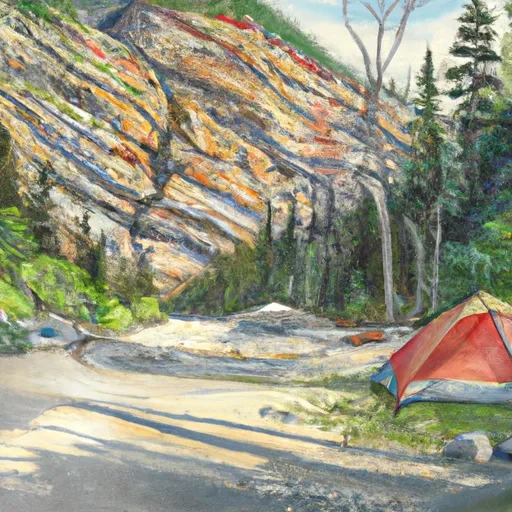 AVALANCHE CREEK
AVALANCHE CREEK
|
||
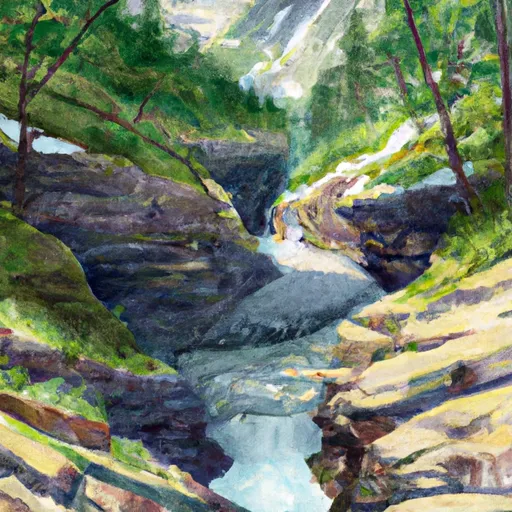 Avalanche Creek - Glacier National Park
Avalanche Creek - Glacier National Park
|
||
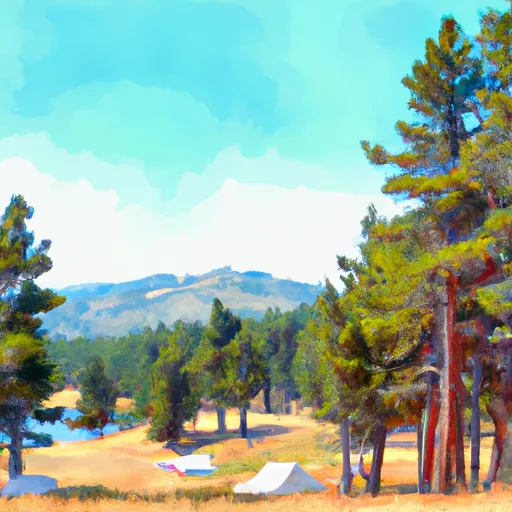 Snyder Lake
Snyder Lake
|
||
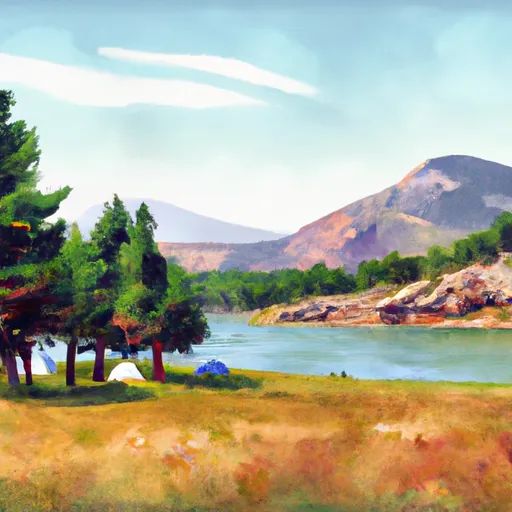 Gunsight Lake
Gunsight Lake
|
||
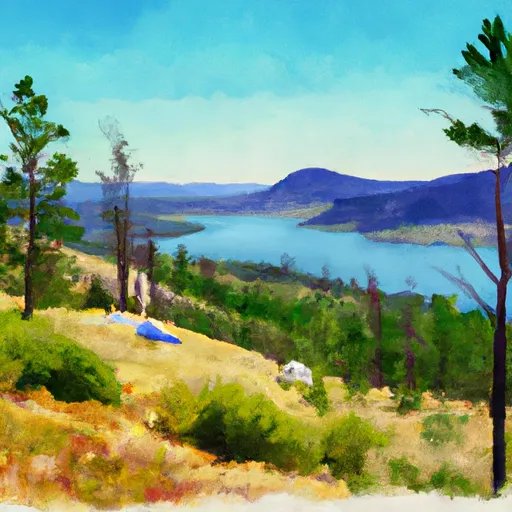 Lake Ellen Wilson
Lake Ellen Wilson
|
||
 Sperry
Sperry
|
